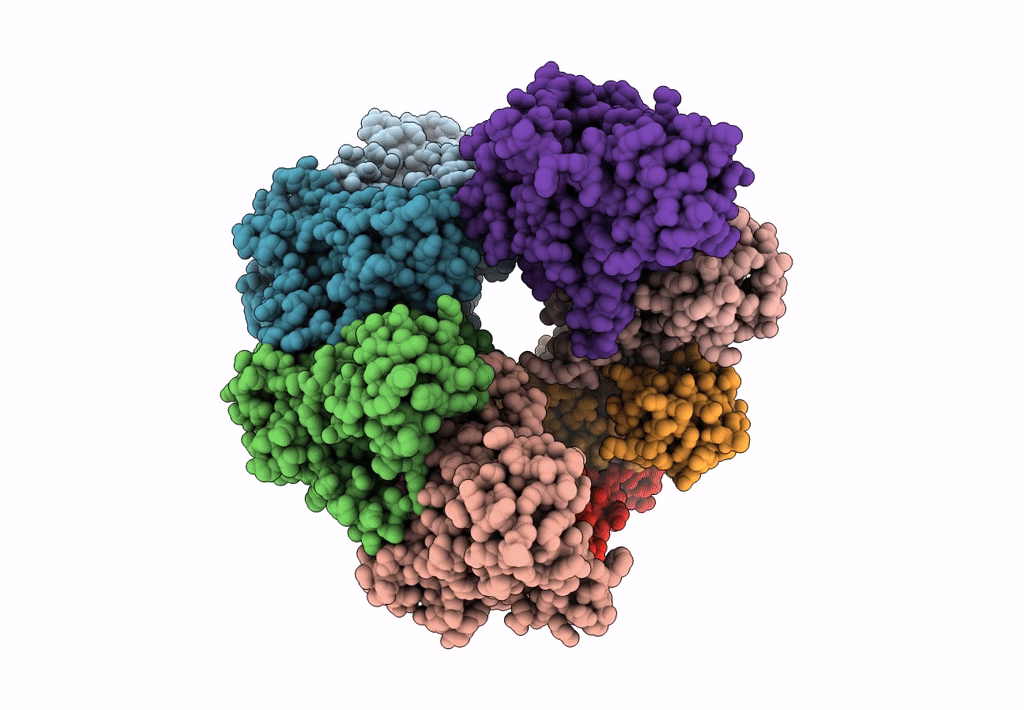
Deposition Date
2022-09-22
Release Date
2023-08-30
Last Version Date
2023-08-30
Method Details:
Experimental Method:
Resolution:
3.14 Å
Aggregation State:
FILAMENT
Reconstruction Method:
HELICAL


